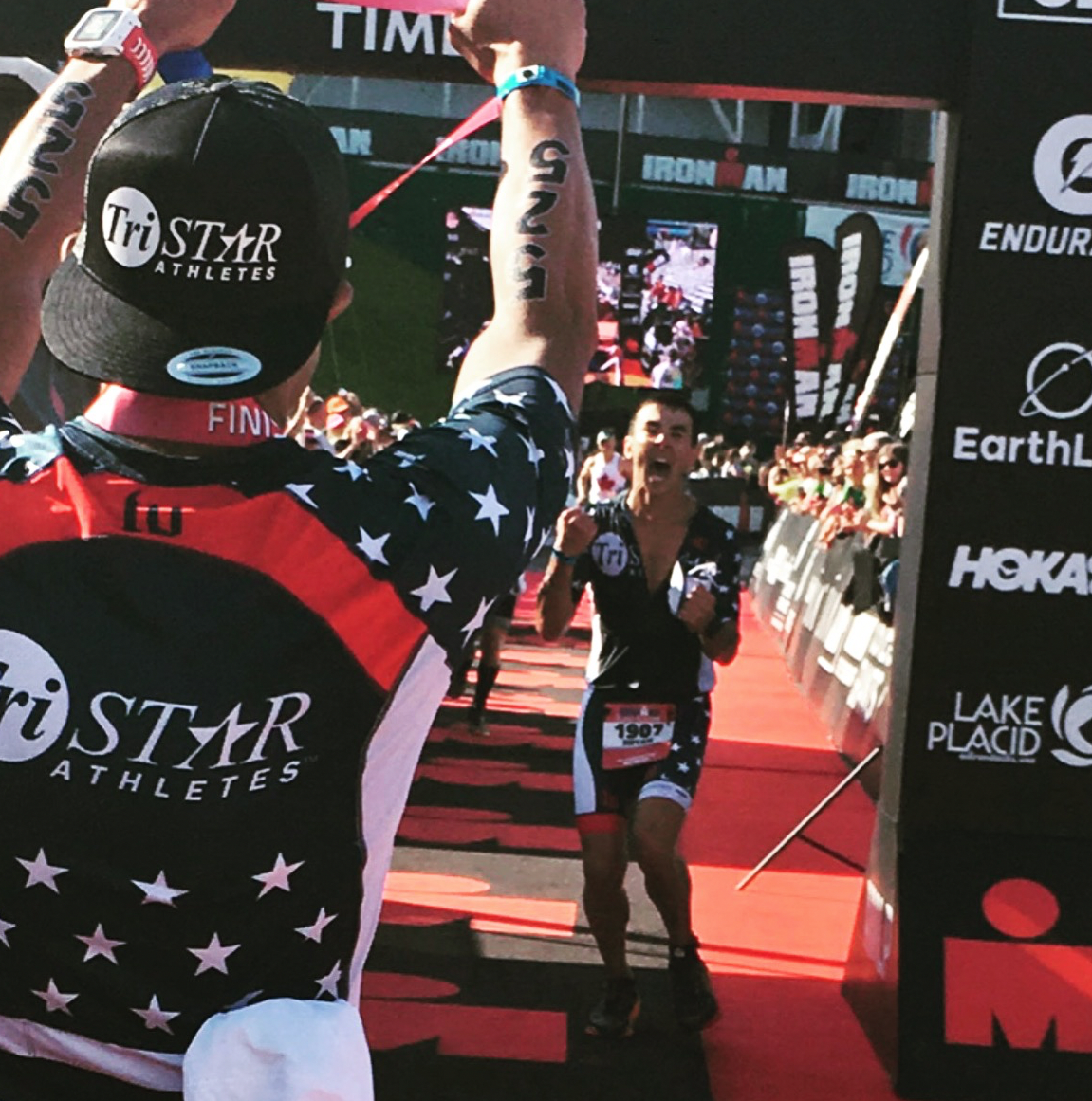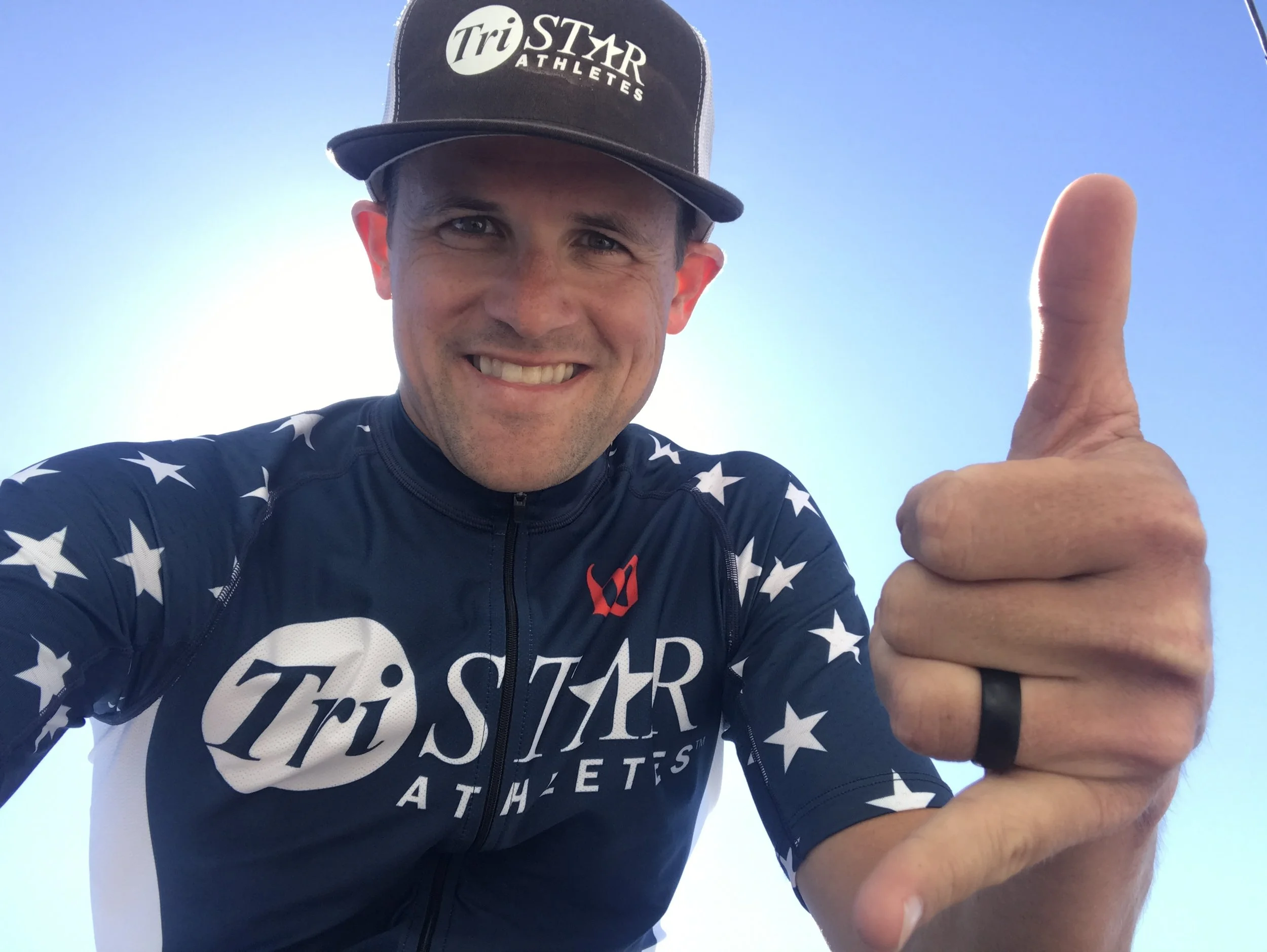As Tristar Athletes at times we undervalue the work our backs do for us daily. The back is in fact “central” to everything we do. How to keep your back in good health comes down to multiple factors as we explain in our coaches corner how to prevent injury, overcome tightness, pain, and how to build and maintain a strong back.
We have broken down this guide on the back into three areas based on where you are currently in knowledge and management.
BACKGROUND: Back basics, how we use it, how pain and dysfunction arise.
CAUSATION: when your back is tight and how its caused.
WHAT TO DO: How to reduce pain and other remedies to get you back on the road and stay strong.
Back basics, “back-ground”
Your back supports all basic and advanced movements. From day to day life, bending over, to carrying things; it is essential to movement.
We use the back to pull against and hold us stable and upright. For swimming our arms are leveraging our lats and back muscles. In cycling our psoas muscles pull against our lower spine to lift our legs. In running our backs hold us upright so we can push off with force and not fall over.
When the back is placed under repeated stress or load it can fail, often times in the form of nerve pain and or tightness. For many endurance athletes it happens later in their careers where they “ask for more” from their body in training, however do not add more consistency and frequency to their strength and or stretching routines.
The back has nerve roots that come out between each vertebrae which feed muscles. When there is inflammation (from disc pressure or injury/tightness from tissue inflammation) muscle dysfunction can occur which exacerbates pain.
The back can also have referred pain; This means the pain is felt lower in the body such as sciatica, though the cause of the pain is actually coming from and triggered by a pinched nerve root within the back.
Causation of back pain, “Back in the day”
Sitting; for many endurance athletes sitting at a desk and working on computers can be a culprit for back pain and pressure.
Poor posture; not holding the shoulders “pinned back” and or “standing upright” in our day to day lives is where the shoulders can roll forwards which can contribute to added strain on the nervous system and cause numbness tingling and or pain.
Lack of psoas flexibility and stretching overall; the psoas is a major long internal core muscle that attaches at the lower spine and criss crosses deep in the body attaching into the lower part of the leg. When these muscles get tight they tend to cause low back pain and often can cause knee or other lower extremity pains.
Carrying or lifting heavy weights; If you load your back with a backpack or place heavy objects above your head there is a greater chance that the nerves between the spine will be aggravated due to the added pressure.
What to do, “Baby got back”
Stretching; a consistent and waged campaign of stretching and alignment is critical towards regaining back health. (Our coaches are firm believers in the egoscue therapy methodology as well as our Tristar stretching protocols which are part of your plan.)
Acute back pain; This can come on more suddenly and options for reducing pain are such things as Advil, the use of an inversion table and a or a deep tissue massage.
Avoid sitting; At least for extended periods of time without getting up to stretch and move around. (Every 10-20minutes should be the minimum)
Back off training; if you are swimming this may cause more lower back pain for some. For cycling you should remain as upright as possible. (For triathletes this means riding out of the aerobars) For running, you may find some relief or not depending on how severe and tight things are. When in doubt leave it out!
Supine groin stretch; for chronic back pain one of the best methods is laying on the back in the supine groin position. This is one of the few positions you can be in where the psoas muscles and back are completely relaxed.
Time and duration to heal; Most back related injuries can be resolved within 2-5 days with adequate rest and recovery while backing off your training schedule. Do not be stubborn! Rest and stretch the back and reduce the inflammation before returning to activity. (We encourage you to stay in touch with your coaches at this time)
Use of an inversion table; This a-frame type of equipment allows you to hang upside down from the ankles and relieve back pressure as well as stretch the back. It is helpful in small time frames to reduce immediate pain and also make adjustments to the back. We find that gravity is “Crushing us” daily and the inversion table can greatly help to return our spines to full length.











